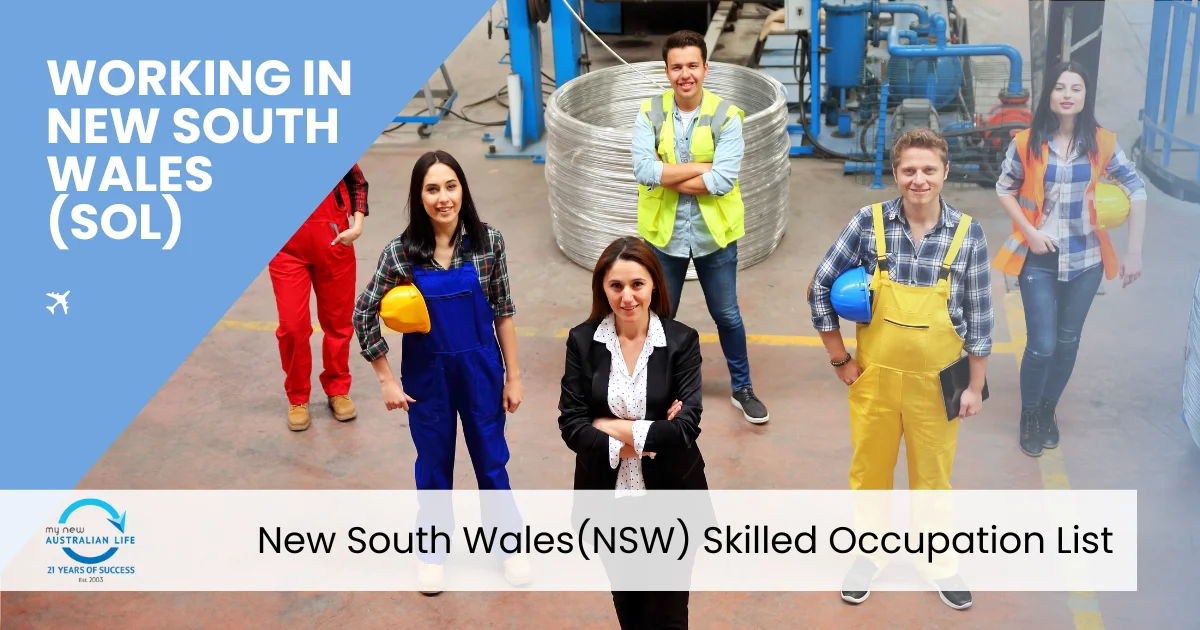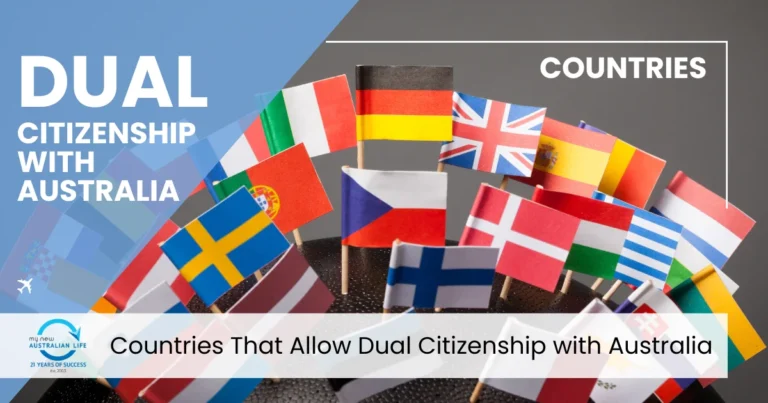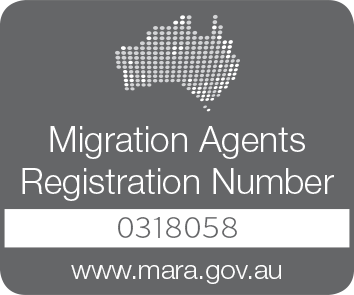New South Wales (NSW) offers various skilled migration pathways for individuals seeking to live and work in the state. The NSW Skilled Occupation List is an essential component of the Skilled Nominated Visa (Subclass 190) and the Skilled Work Regional (Provisional) Visa (Subclass 491). This list includes occupations that are in high demand within NSW, aligning with the state’s economic and labor market needs.
Skilled migration plays a crucial role in addressing labor shortages and promoting economic growth in NSW. The government continuously assesses industry demands and updates the occupation list accordingly. Understanding this list and the associated visa requirements is essential for international professionals seeking to establish their careers in Australia.
The occupation list covers various industries, including healthcare, engineering, information technology, construction, and education. Candidates who meet the eligibility requirements and secure a nomination from NSW have a higher chance of obtaining permanent residency in Australia.
What is the NSW Skilled Occupation List?
The NSW Skilled Occupation List consists of professions that qualify for state nomination under Australia’s General Skilled Migration (GSM) program. The list is updated periodically to reflect changes in the job market and workforce demand in NSW.
This list is designed to ensure that NSW attracts skilled professionals who can contribute to the state’s economic development. It includes occupations facing critical shortages, thereby creating opportunities for international applicants with the necessary qualifications and experience.
Applicants should regularly check the NSW government website for the most recent updates to the occupation list. Additionally, certain occupations may have specific requirements such as work experience, location restrictions, or additional criteria set by the NSW government.
Key Points:
- The list determines eligibility for Subclass 190 and Subclass 491 visas.
- It includes occupations from various industries such as healthcare, engineering, IT, construction, and education.
- Candidates must meet additional eligibility criteria, including work experience and residency requirements.
Visa Options for NSW State Nomination
1. Skilled Nominated Visa (Subclass 190)
This is a permanent residency visa that requires nomination by the NSW government. Eligible candidates must:
- Have an occupation listed on the NSW Skilled Occupation List.
- Submit an Expression of Interest (EOI) through SkillSelect.
- Meet the required points threshold under the Australian PR points system.
- Demonstrate relevant work experience and English proficiency.
The Subclass 190 visa provides permanent residency, allowing successful applicants to live and work in NSW indefinitely. This visa also grants access to Medicare, education benefits, and the opportunity to apply for Australian citizenship in the future.
2. Skilled Work Regional (Provisional) Visa (Subclass 491)
This is a 5-year temporary visa leading to PR, requiring nomination by the NSW government for regional work. Key eligibility factors include:
- An occupation listed under the NSW Regional Skilled Occupation List.
- A valid EOI submission in SkillSelect.
- Commitment to living and working in regional NSW.
The Subclass 491 visa provides a pathway to permanent residency through the Subclass 191 Permanent Residence (Skilled Regional) Visa. Applicants must live and work in a designated regional area of NSW for at least three years before becoming eligible for PR.
People also read: 2025 Minimum Wage in Australia
NSW Skilled Occupation List – In-Demand Sectors
The NSW Skilled Occupation List typically covers industries such as:
| Sector | Example Occupations |
|---|---|
| Healthcare and Medical | Registered Nurse, General Practitioner, Physiotherapist, Occupational Therapist |
| Engineering and Construction | Civil Engineer, Electrical Engineer, Structural Engineer, Quantity Surveyor |
| Information and Communication Technology (ICT) | Software Engineer, Systems Analyst, Cybersecurity Specialist, Network Engineer |
| Education and Teaching | Early Childhood Teacher, Secondary School Teacher (Mathematics, Science) |
| Trade Occupations | Electrician, Plumber, Carpenter, Welder |
1. Healthcare and Medical
Healthcare professionals are in high demand due to an aging population and increasing healthcare needs. Some of the key occupations include:
- Registered Nurse (Aged Care)
- Medical Practitioners
- General Practitioners
- Physiotherapists
- Occupational Therapists
Healthcare workers must often complete skills assessments through relevant Australian regulatory bodies and meet licensing or registration requirements before being eligible for state nomination.
2. Engineering and Construction
Australia’s growing infrastructure projects have led to a strong demand for engineers and construction professionals. Key roles include:
- Civil Engineers
- Electrical Engineers
- Structural Engineers
- Surveyors
- Quantity Surveyors
Engineers must obtain a positive skills assessment from Engineers Australia and meet English proficiency requirements before submitting their EOI.
3. Information and Communication Technology (ICT)
Technology professionals are essential in supporting NSW’s digital economy. The most sought-after ICT occupations include:
- Software Engineers
- Systems Analysts
- Cybersecurity Specialists
- Network Engineers
ICT professionals must have relevant qualifications and work experience, often requiring skills assessments from ACS (Australian Computer Society).
4. Education and Teaching
Teachers are highly valued in Australia, especially in rural and regional areas. Commonly nominated teaching occupations include:
- Early Childhood Teachers
- Secondary School Teachers (Mathematics, Science, Special Needs)
Teachers must obtain accreditation from Australian teaching regulatory bodies, such as AITSL (Australian Institute for Teaching and School Leadership).
5. Trade Occupations
Tradespeople are in constant demand across NSW, particularly in regional areas. Key trades include:
- Electricians
- Plumbers
- Carpenters
- Welders
Trade workers must have their skills assessed by Trades Recognition Australia (TRA) and may need licensing depending on the occupation.
People also read: Australian Government Jobs Overseas in 2025
Eligibility Criteria for NSW Nomination
To qualify for NSW nomination, applicants generally must:
- Have an occupation on the NSW Skilled Occupation List.
- Demonstrate sufficient skilled work experience.
- Meet the required points score in SkillSelect.
- Have a valid skills assessment for their occupation.
- Meet the English language requirements.
- Be living in NSW or demonstrate ties to the state (for certain pathways).
NSW also has specific requirements based on residency status and work experience. Some pathways prioritize applicants already living and working in NSW.
How to Apply for NSW State Nomination
| Step | Action |
| 1 | Check Your Occupation: Verify if your occupation is on the NSW Skilled Occupation List. |
| 2 | Submit an EOI in SkillSelect: Indicate interest in NSW nomination. |
| 3 | Receive an Invitation: If selected, you will receive an invitation from the NSW government. |
| 4 | Submit Application to NSW: Provide the necessary documents and application fee. |
| 5 | Await Nomination Approval: If approved, you will receive a nomination. |
| 6 | Apply for the Visa: Submit the final visa application to the Department of Home Affairs. |
Each step requires careful documentation and adherence to visa requirements. Processing times can vary, so applicants should ensure all paperwork is complete to avoid delays.
The NSW Skilled Occupation List plays a crucial role in the Skilled Migration Program, offering qualified professionals a pathway to Australian residency. Staying updated with the latest list and nomination criteria ensures better chances of securing state sponsorship for PR.
Applicants should thoroughly research and prepare their applications, ensuring compliance with all NSW and Australian immigration requirements. Seeking professional migration advice can also improve chances of a successful outcome.
For the latest updates, visit the NSW Government website or consult an australian migration program to guide you through the process.






